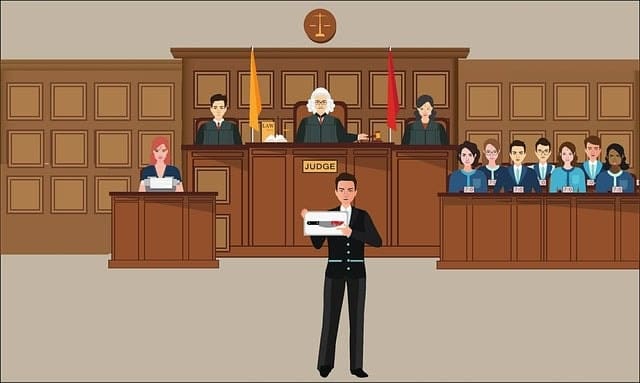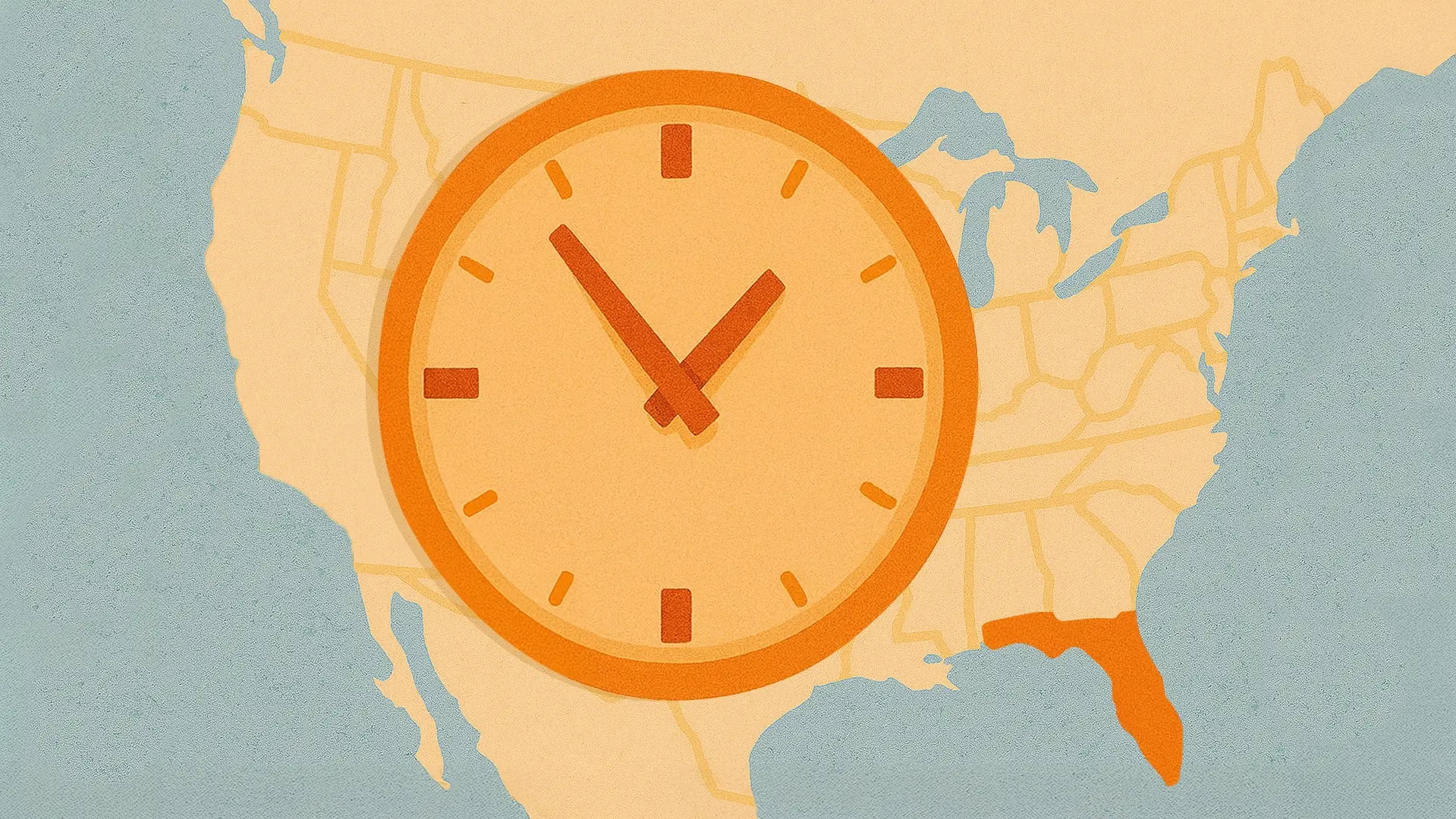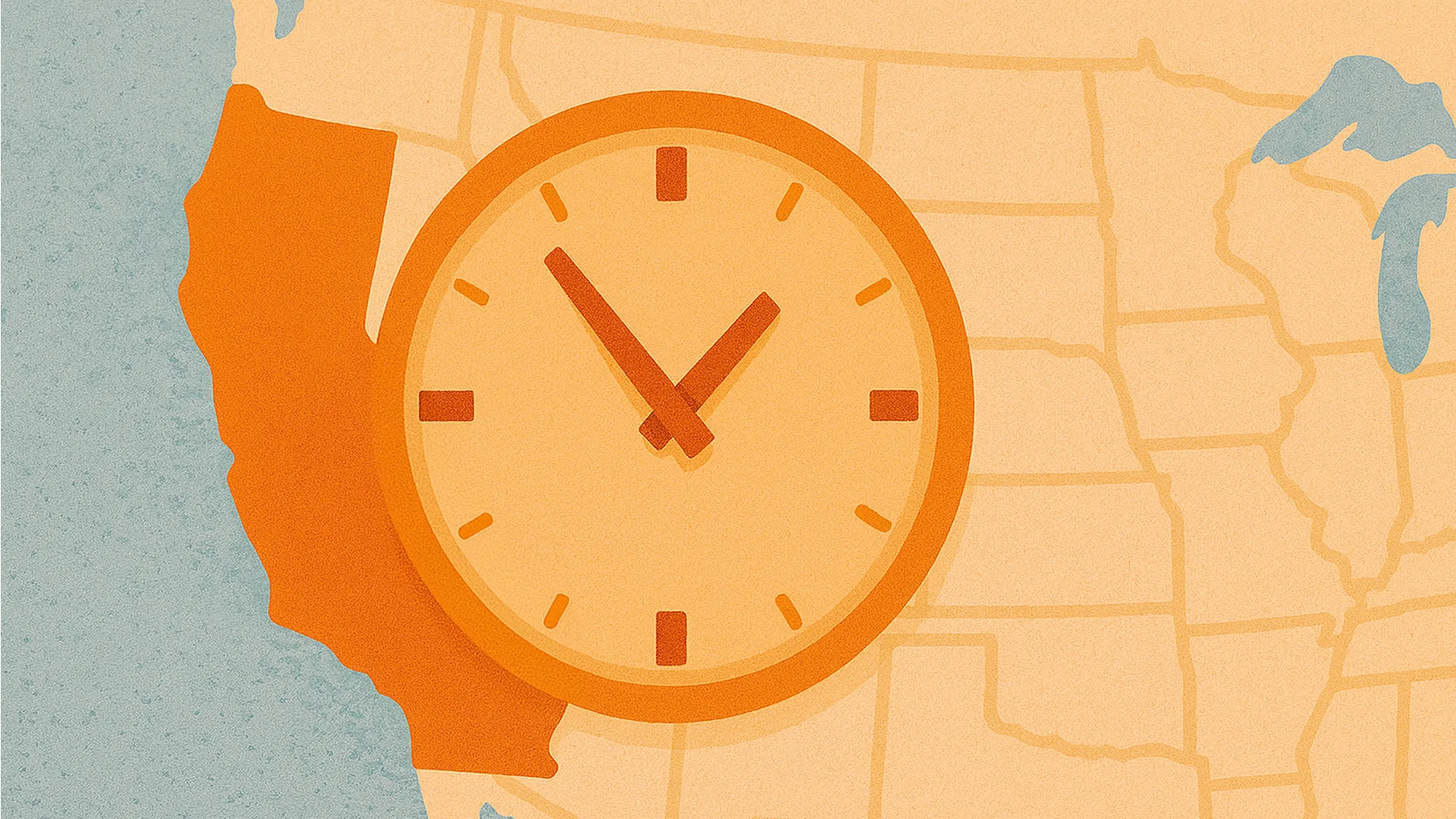What Is a Motion Hearing? | Understanding Court Motion Hearings
At the centre of any legal case is the push for fairness, and the hope to come to a resolution without wasting time or resources. A motion hearing is one of the ways that happens. A formal checkpoint in the litigation process: the lawyers (or sometimes the parties themselves) ask a judge to decide on a specific part of the case before moving forward.
This might be about whether certain evidence can be used at trial, whether the trial should even happen, or something more practical, like where it will be held. A motion hearing can happen at almost any stage: before a trial, in the middle of one or even afterwards, and the outcome can change the direction of the whole matter.
What is a motion hearing in court?
Every motion hearing starts with a motion filed. One party makes a formal request asking the court to resolve a particular issue. They might need more time to respond to paperwork, so request an extension. Or they might believe the case has no legal grounds, so they ask for a case dismissal.
After a motion is filed, the other side can respond. They file their own court papers. If deemed necessary, the court will set a hearing date, giving both sides time to prepare their arguments. At the hearing itself, the party who filed the motion (the “movant”) goes first, laying out the legal basis for what they’re asking. The other side then explains why the judge should refuse it. The judge might rule straight away, or take some time to think it over and issue a written order later.
How to file a motion with the court?
If you’re not making your request orally in court, it must be a written request filed with the court clerk. You have to give the other side a copy; then they have a set number of days to respond with their own court papers. If the judge wants to hear arguments in person, a date will be set for a court hearing.
Your written motion should explain what you want and why; use case law, documents and other evidence to back up your request. And remember, court rules on formatting and deadlines can be strict, and failing to follow them could mean the motion is thrown out before the judge even looks at the substance.
Why motion hearings matter
A motion hearing prompts action. Both sides get a shot at steering where the case goes next. If the judge stops one side from presenting a crucial piece of evidence, the trial could play out in a completely different way. If the motion’s denied, everything carries on as it was. Lawyers have to tweak their strategy to fit.
In short, these hearings can save time, narrow disputes, ensure a fair trial and, in some cases, end a case altogether.
Common motions you might see in court
- If there’s a lack of evidence or legal grounds, you can file a motion to dismiss to throw out the whole case.
- When one side is refusing to share documents, and you want to force their hand, use a motion to compel.
- Motion to change venue – requesting a different trial location for a better chance of fairness.
- Motion for preliminary injunction – that’s when you ask the court to put a temporary stop on a specific action while the case is ongoing.
- Motion in limine – filed before the trial begins to keep certain evidence out of the trial.
- A summary judgment decides the case without a trial, usually because there are no genuine disputes over material facts.
- Motion to suppress – keeping out evidence obtained in violation of the law.
When and why lawyers file motions
- In a high-profile criminal case, the defense might push for a change of venue if they think media coverage has made it impossible to get an impartial jury.
- If the defendant fails to respond to a complaint, the plaintiff’s lawyer might ask for a default judgment so the court rules in their favor automatically.
- A defense team might seek to suppress evidence from a police search they believe was done without a warrant or probable cause.
- If one side is dragging its feet on handing over documents, the other might file a motion to compel discovery.
Frequently Asked Questions
What happens during a motion hearing?
Starting with the side that filed the motion, all the parties present their arguments and evidence. The judge considers what’s presented and makes their call. They might decide on the bench or they can take time to think it over.
Who can file a motion?
Any party in the case: plaintiff, defendant or their legal team.
How long does a motion hearing take?
There is no general rule. Some are over in less than 30 minutes. Others take hours or even multiple days. When the specific legal issues are complex or numerous motions are being addressed, the hearing tends to take longer.
Can a motion hearing be rescheduled or postponed?
Yes. But you have to ask for it, usually by filing a motion for continuance.
Is a motion hearing the same as a trial?
No. A trial decides the whole case; a motion hearing deals with one particular issue along the way.
Do you need a defense attorney to represent you?
You can represent yourself, but it is not recommended. If the matter is complicated or involves multiple motions, having an experienced lawyer can make a big difference.
How do judges decide whether to grant or deny?
The judge hears what each side has to say, weighs up the supporting evidence and then decides.













